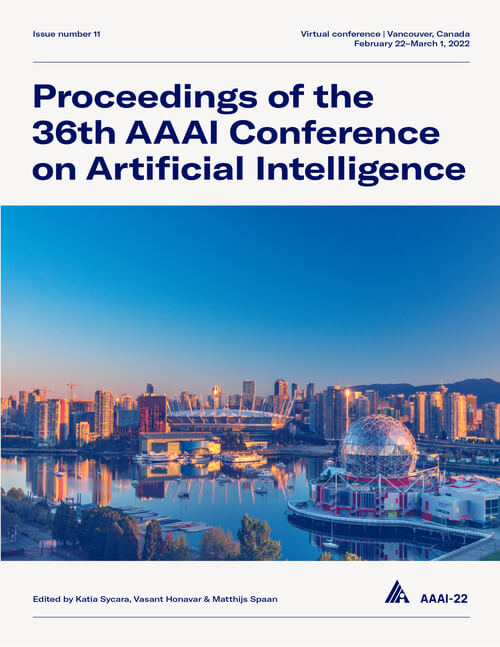Partial Wasserstein Covering
DOI:
https://doi.org/10.1609/aaai.v36i7.20671Keywords:
Machine Learning (ML)Abstract
We consider a general task called partial Wasserstein covering with the goal of providing information on what patterns are not being taken into account in a dataset (e.g., dataset used during development) compared to another (e.g., dataset obtained from actual applications). We model this task as a discrete optimization problem with partial Wasserstein divergence as an objective function. Although this problem is NP-hard, we prove that it satisfies the submodular property, allowing us to use a greedy algorithm with a 0.63 approximation. However, the greedy algorithm is still inefficient because it requires solving linear programming for each objective function evaluation. To overcome this inefficiency, we propose quasi-greedy algorithms, which consist of a series of techniques for acceleration such as sensitivity analysis based on strong duality and the so-called C-transform in the optimal transport field. Experimentally, we demonstrate that we can efficiently fill in the gaps between the two datasets, and find missing scene in real driving scene datasets.Downloads
Published
2022-06-28
How to Cite
Kawano, K., Koide, S., & Otaki, K. (2022). Partial Wasserstein Covering. Proceedings of the AAAI Conference on Artificial Intelligence, 36(7), 7115-7123. https://doi.org/10.1609/aaai.v36i7.20671
Issue
Section
AAAI Technical Track on Machine Learning II

